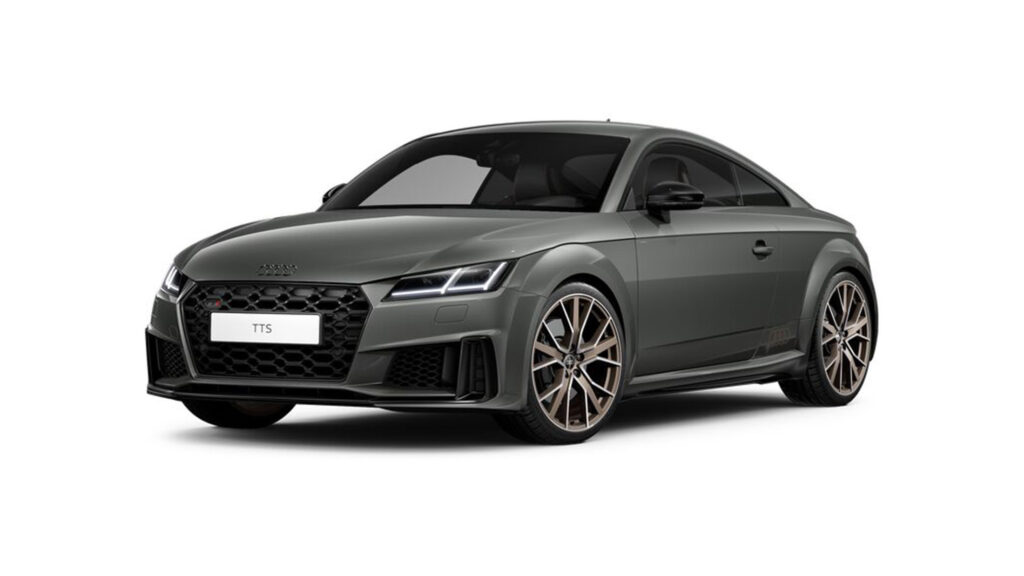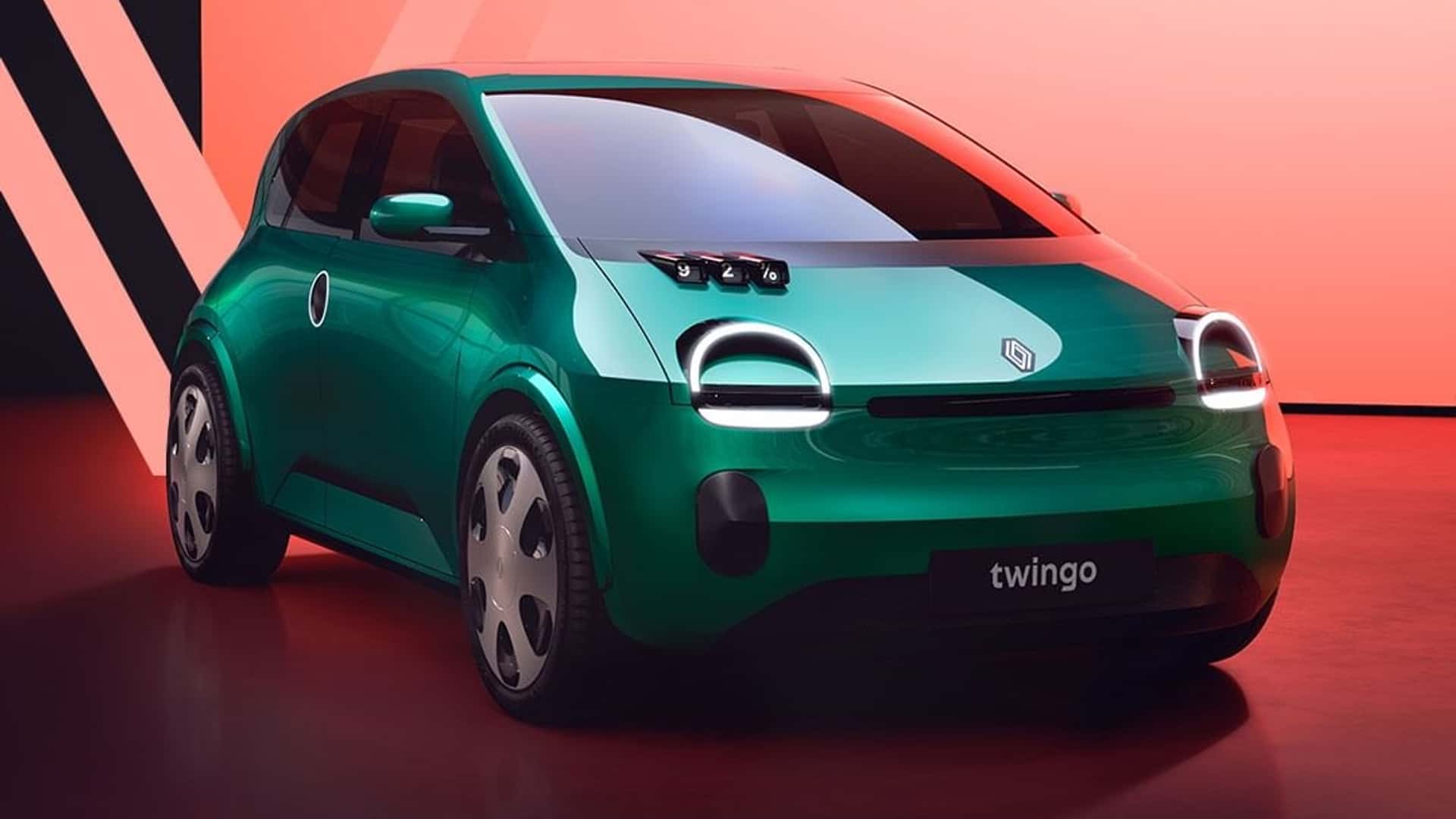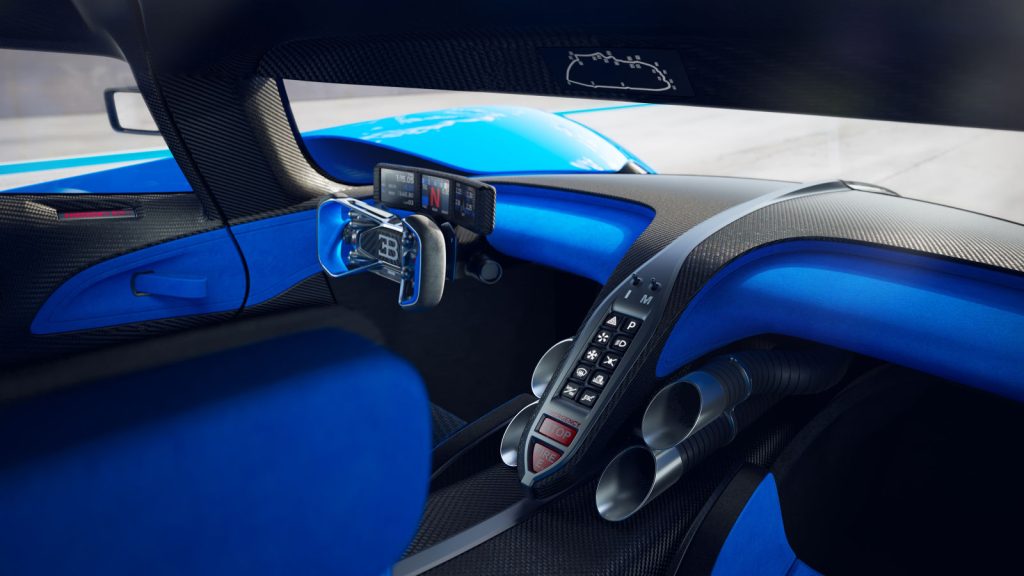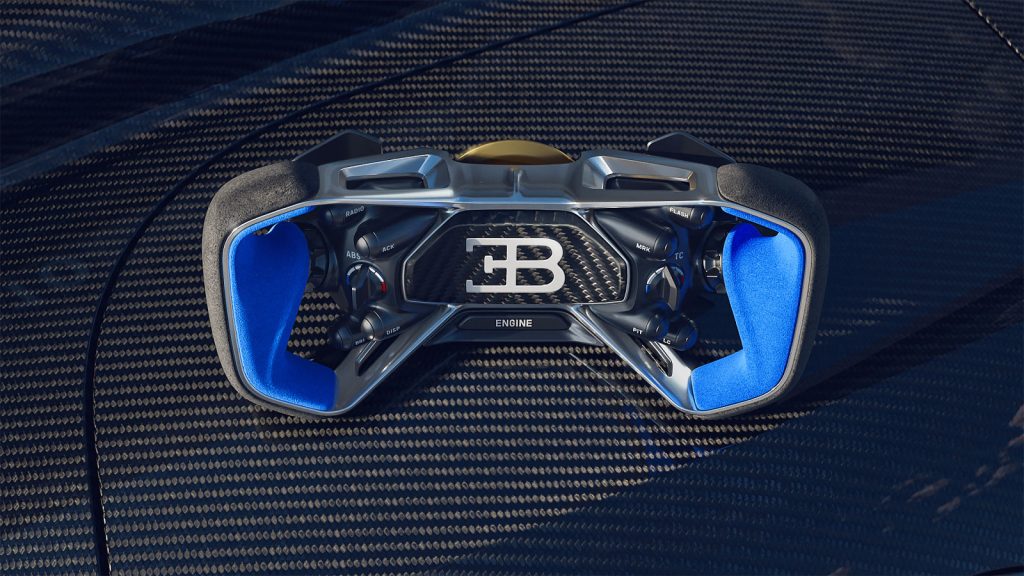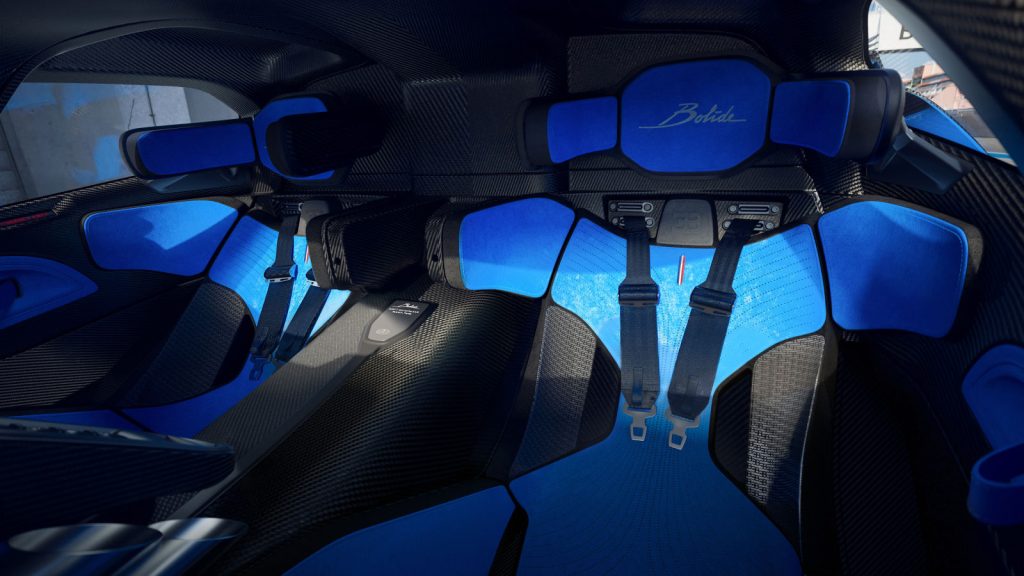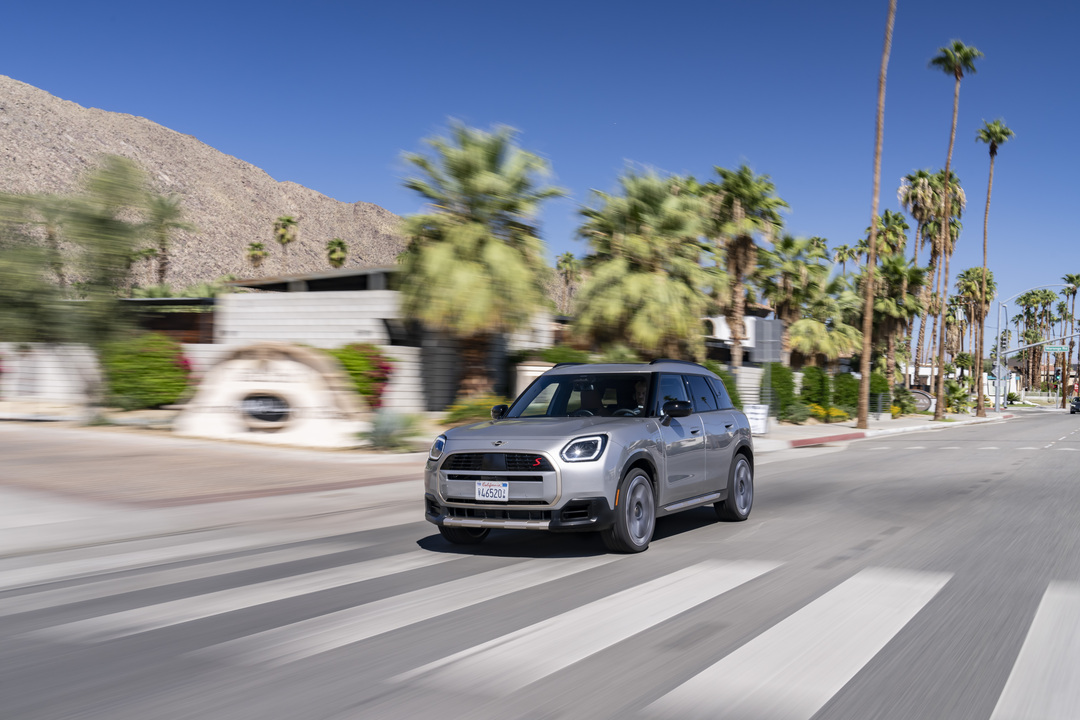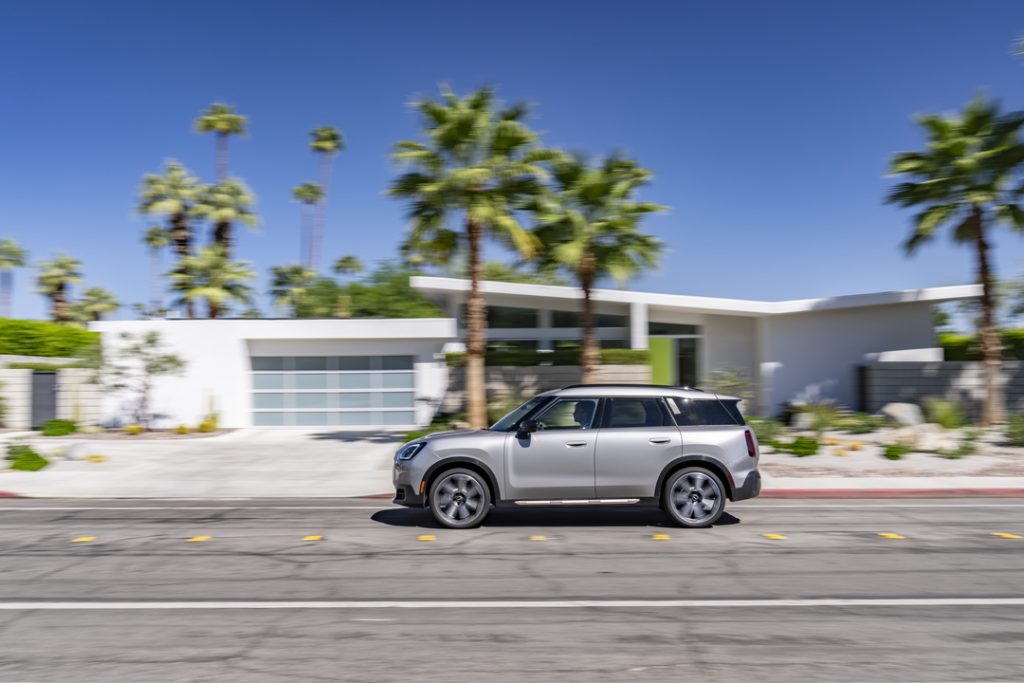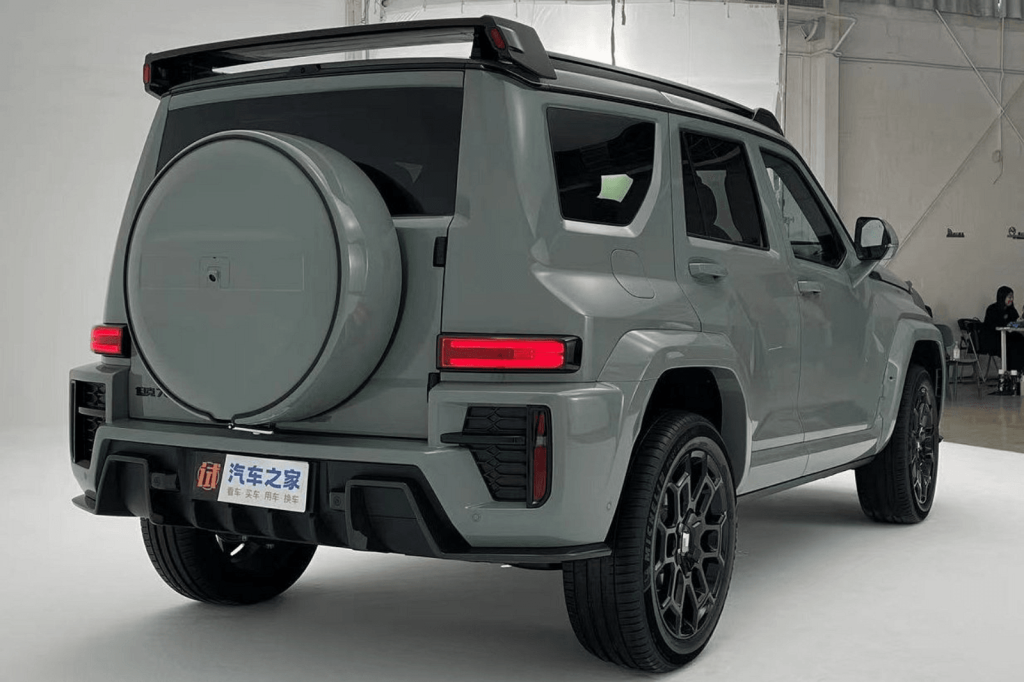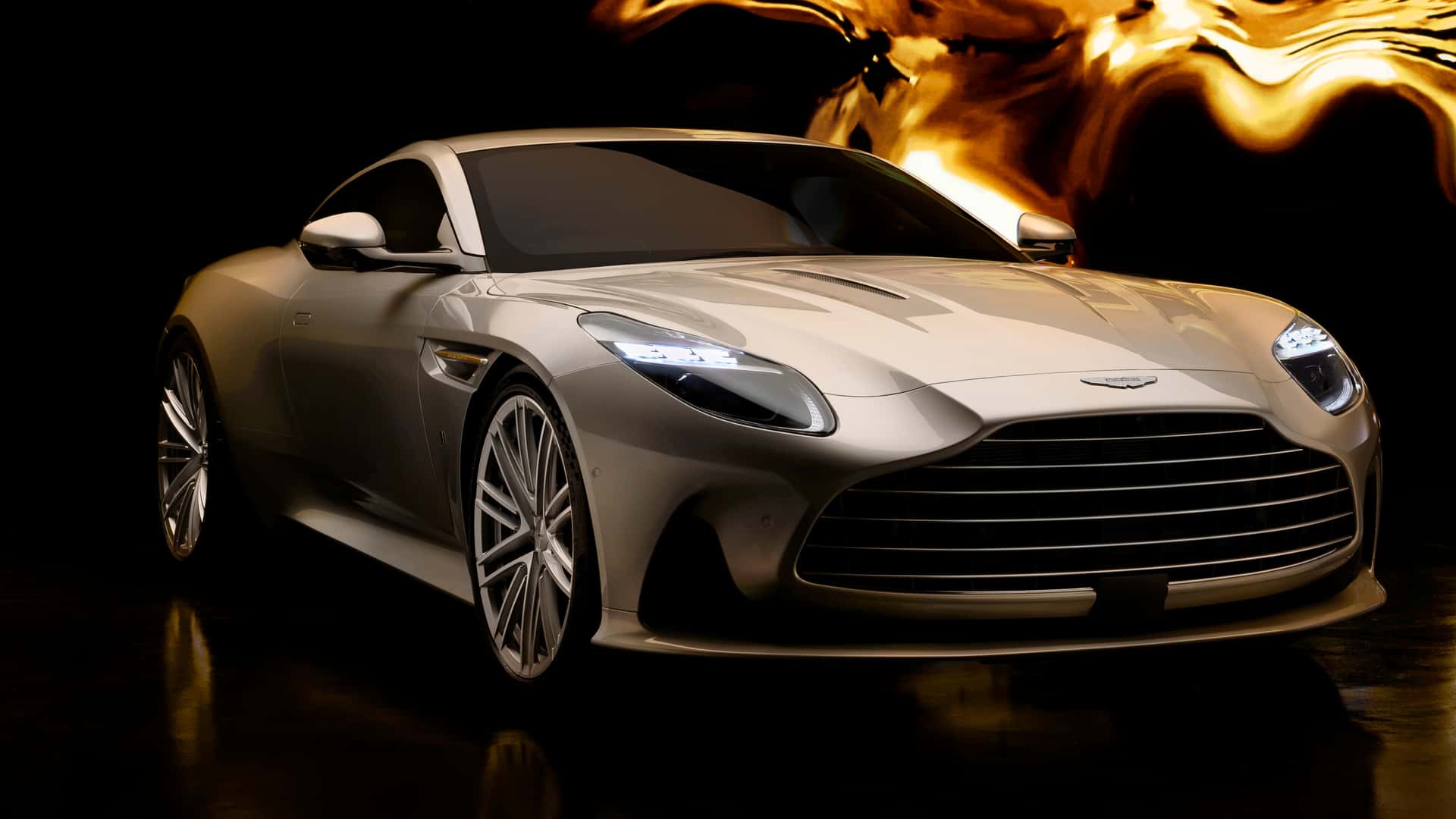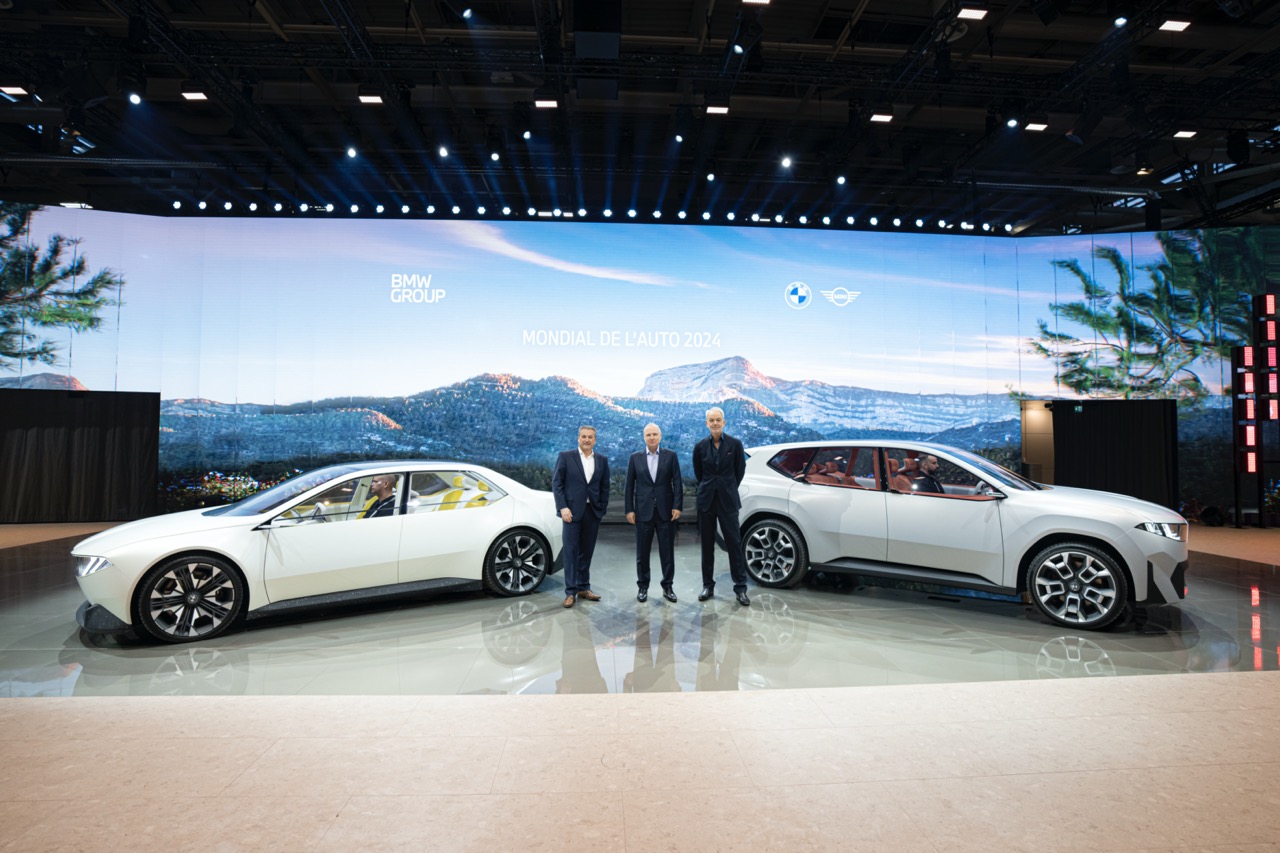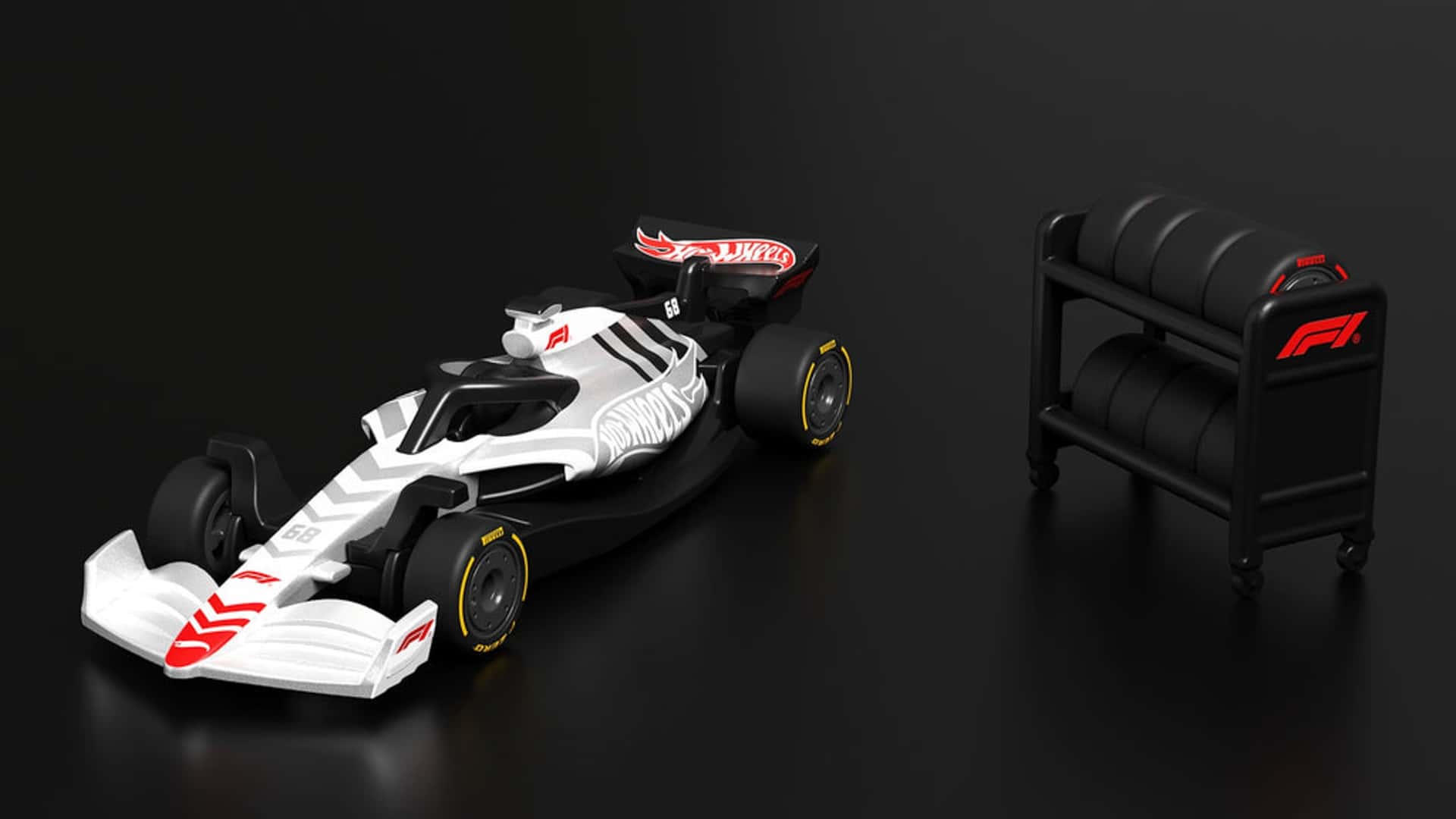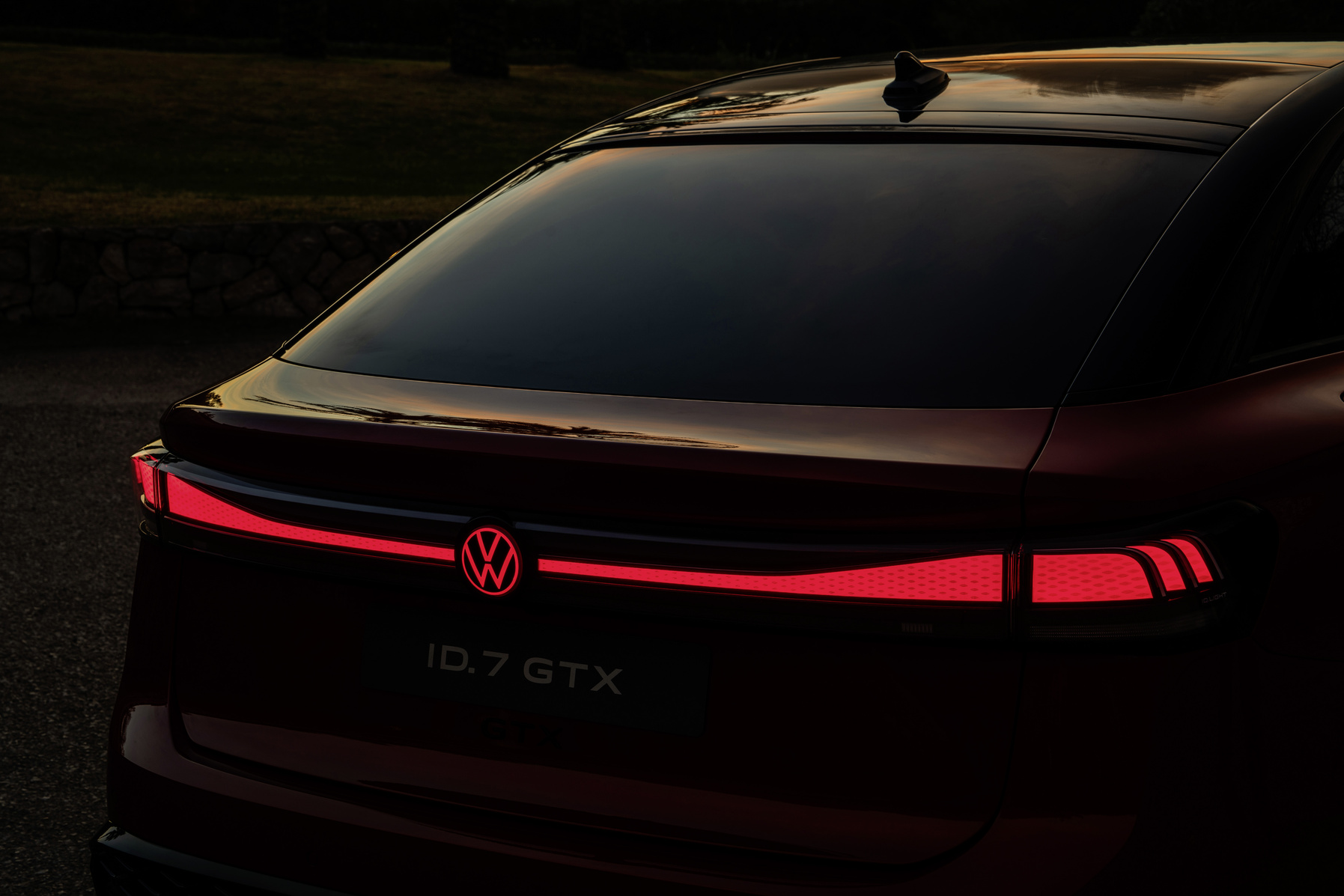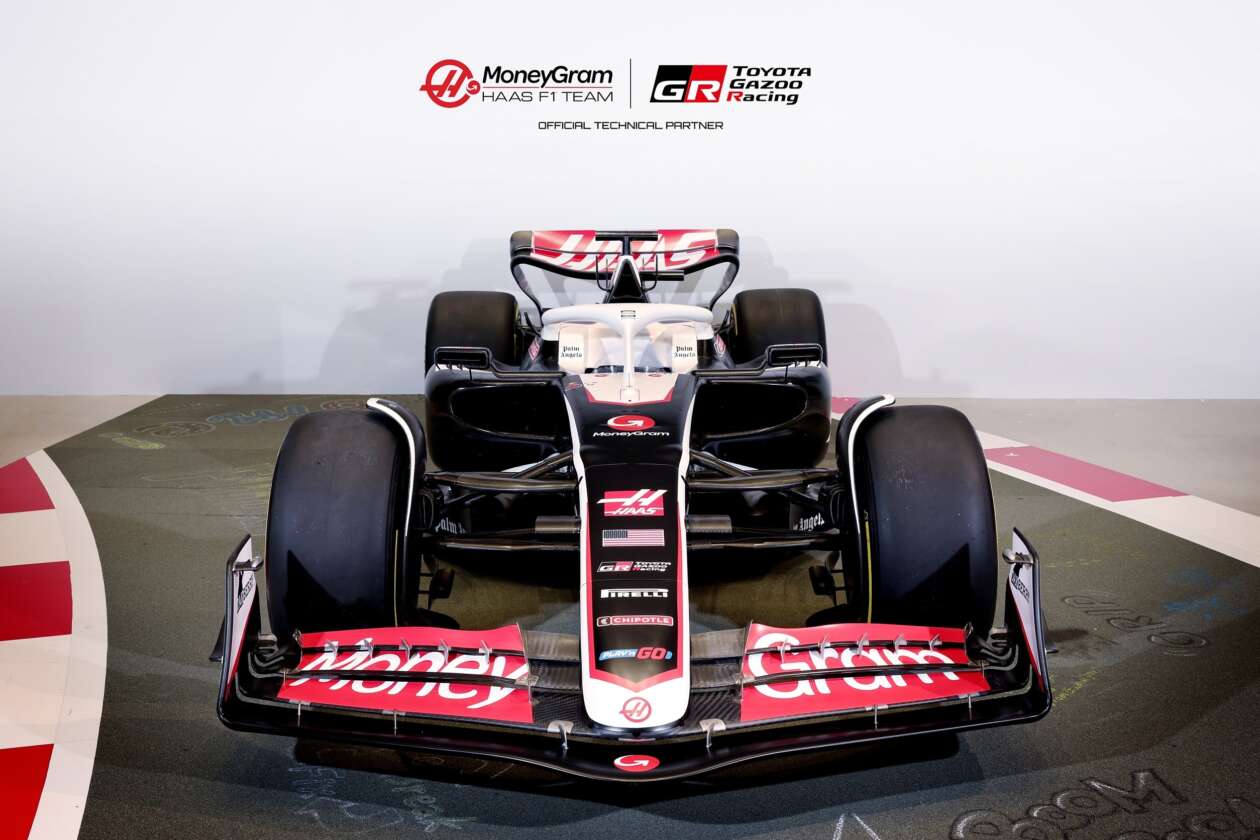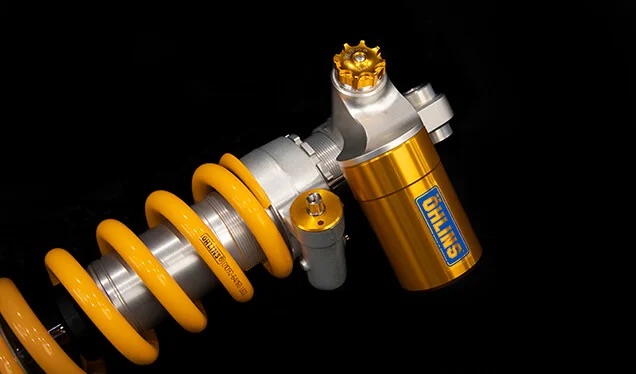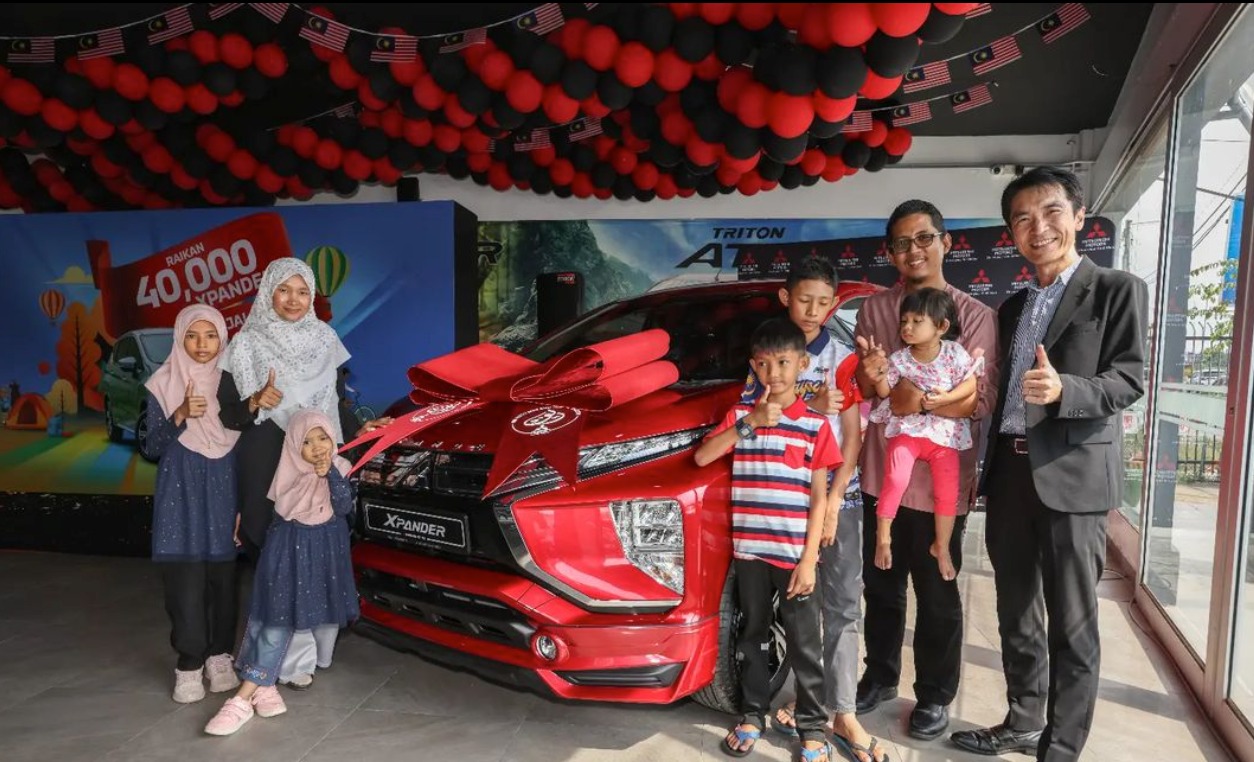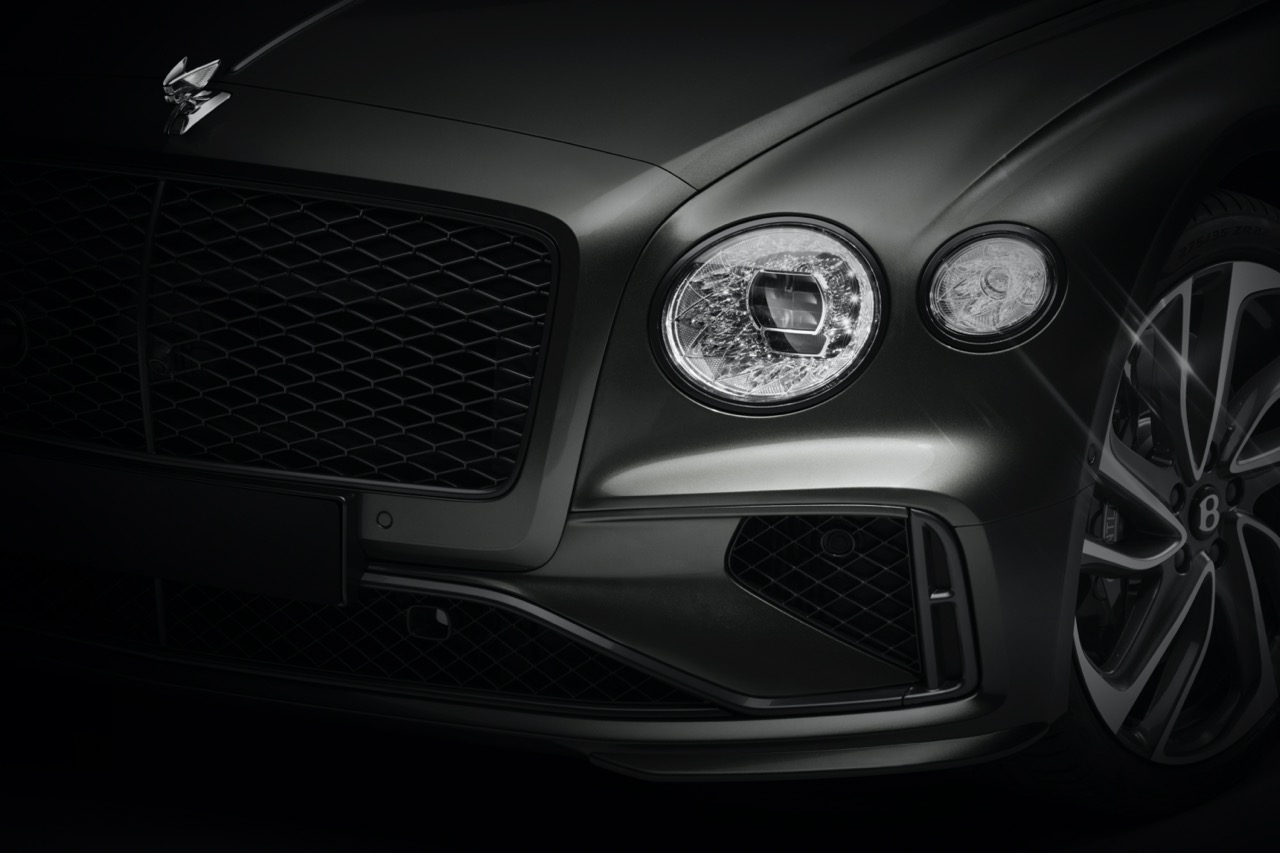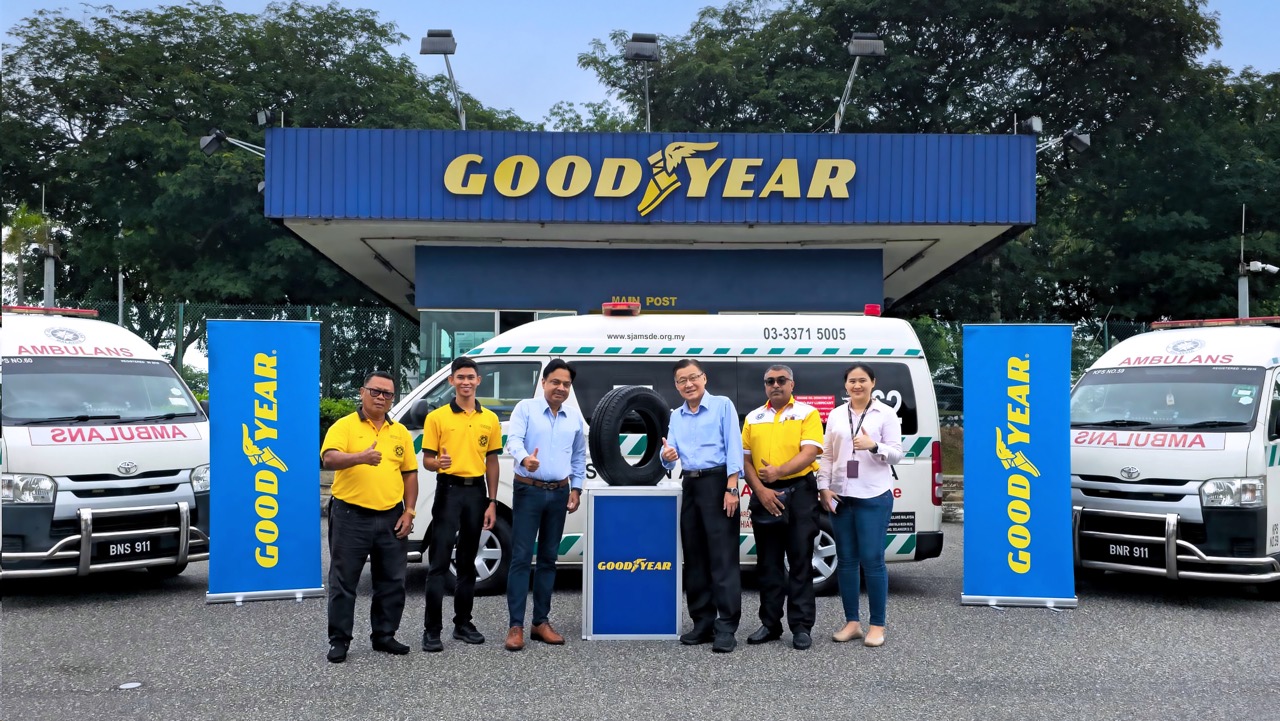Audi has officially concluded the production of the TT sports car, marking the end of a 25-year career across three generations. The Audi TT produced a fair number of final editions in a number of regional markets before it was retired.

The final Audi TT rolled off the production line at the Gyor factory in Hungary. The occasion was commemorated with a flower-decorated third-generation TTS Coupe, escorted by the original TT Coupe and TT Roadster concepts from 1995, along with two second-generation models.
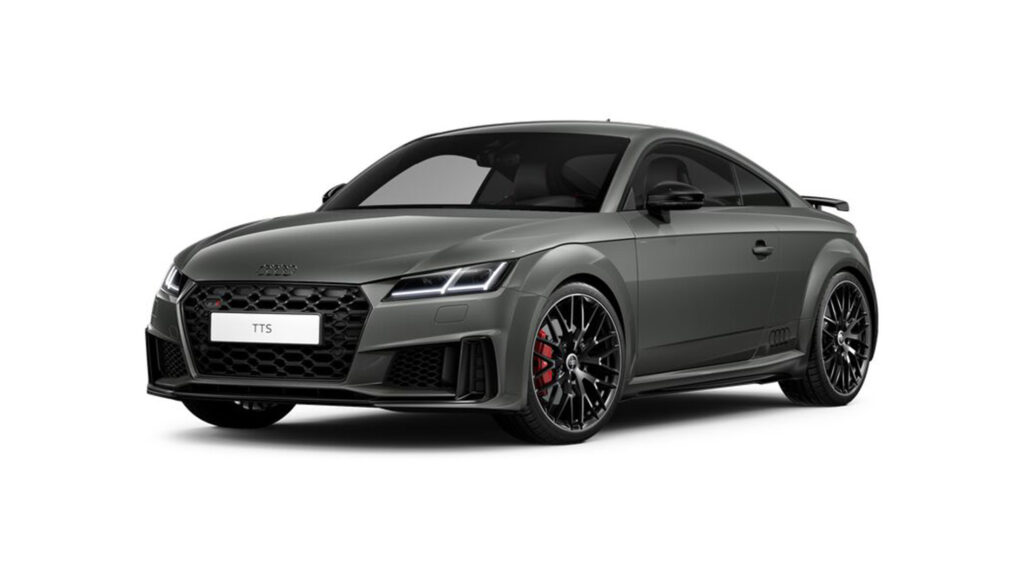
The lettering on the windshield indicates that a total of 662,762 units of the Audi TT were produced at the Györ factory between February 18, 1998, and November 10, 2023. The last Audi TTS produced was finished in Chronos Gray Metallic with Dark Chrome matt accents. It featured a 2.0-litre TFSI four-cylinder engine producing 315hp, making it the second most powerful version of the third-generation TT.

While the production of the Audi TT has come to an end, the remaining stock is still available for purchase. Audi has hinted at the possibility of the TT returning as an electric car in the future, but no official decision has been made.
The iconic TT has been a symbol of Audi’s design and engineering prowess, and its legacy will be remembered in automotive history.

